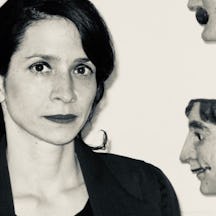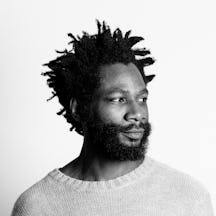Mexican American novelist Chloe Aridjis, who spent part of her childhood in Mexico City, examines what its citizens breathe today. The “rare and transparent” air discerned by 19th-century explorers has given way to dense concentrations of pollutants, pointing to a future of health problems for rich and poor alike.
Air of threat
Words by Chloe Aridjisartwork by Michael Saluaverage reading time 6 minutes
- Article
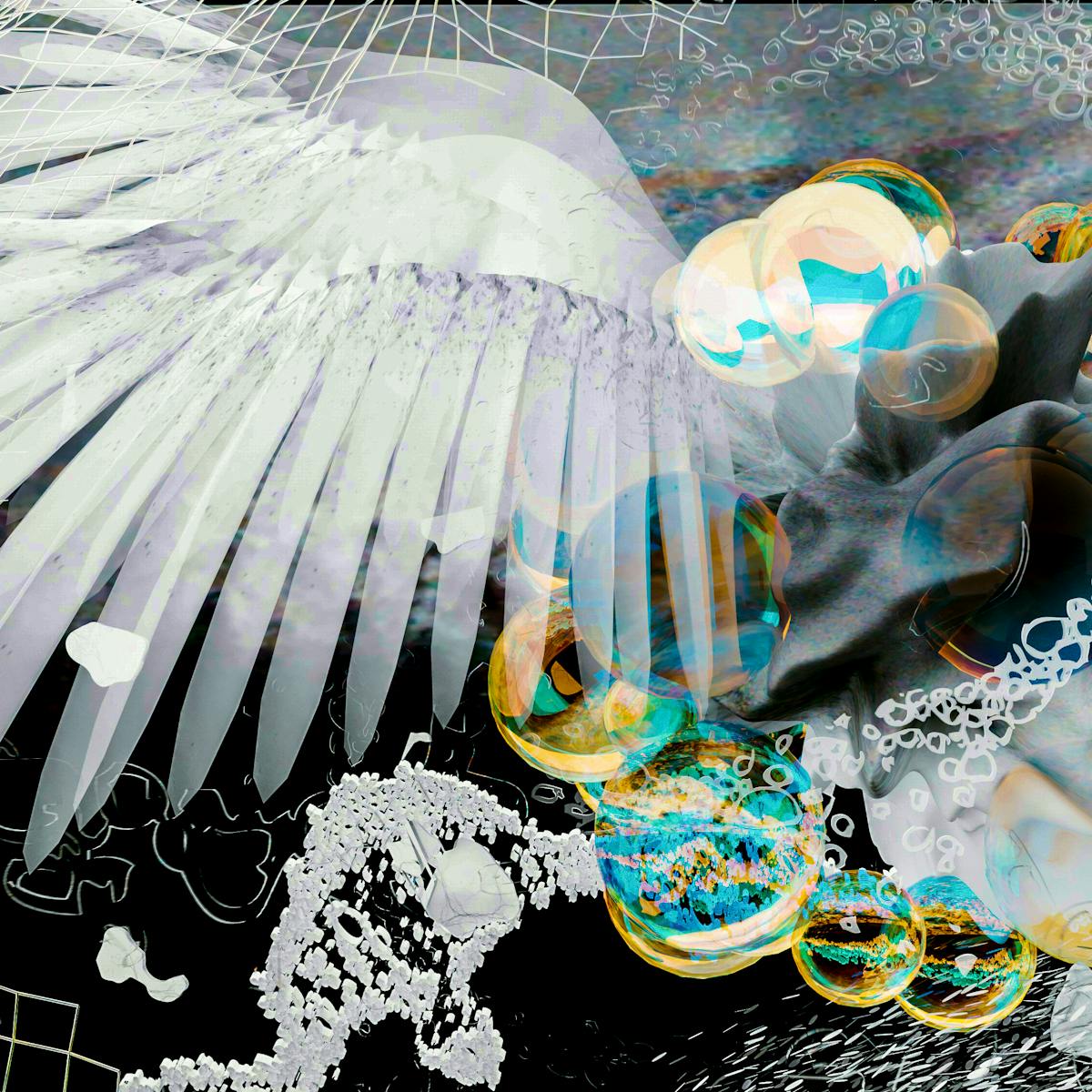
For the past century, the Angel of Independence has kept vigil over Paseo de la Reforma, the vast avenue that cuts a diagonal swathe through Mexico City. Because of her symbolism and location, this winged presence has become an intermediary of sorts, an immobile weathervane subject to social and meteorological fluctuations.
Protests often originate at her base, regularly cleaned of graffiti: every event leaves its imprint. A recent march against the rampant feminicides in our country left over 500 messages. “Patria asesina. Vivir en México es un asesinato.” (Killer country. Living in Mexico is murder.) At the latest demonstration, a blimp bearing the words “10 Feminicidios Diarios” (10 femicides a day) was released to float high up alongside the statue, grief and outrage expressed at a height safe from erasure.
The Angel may embody some of the tension between our city’s horizontal sprawl and its impulse towards the vertical, but examples can be found nearly everywhere one turns. Much of the city’s imaginary – the serious, the practical and the playful – finds shape overhead.
In working-class neighbourhoods, the skies are home to tangled phone and electrical wires resembling urban installations, to festive piñatas, and to clothing hung to dry on rooftops, where most servants have their rooms. Among my favourite sights are the monumental Mexican flag on Reforma, its heavy folds flapping in slow motion, and the Voladores of Papantla, the death-defying performers who spin suspended from a massive pole, our country’s pre-Hispanic past embroidered in the sky.
But for all the aerial poetry, we are choking. And instead of dissipating in the air, the rich, thick atmosphere is sent back down in a deathly loop, acquiring a more abstract yet deleterious presence within our bodies.
A family of activists
When I was growing up, birds dropped from the sky, poisoned by lead. Ozone was an ominous word in my vocabulary before I understood what it meant, and one January, school was cancelled for a month due to thermal inversion (smog and pollution trapped under a heavy lid of warm air). Air pollution emerged as a problem in the 70s, turned dramatic in the 80s, and has been a permanent feature ever since.
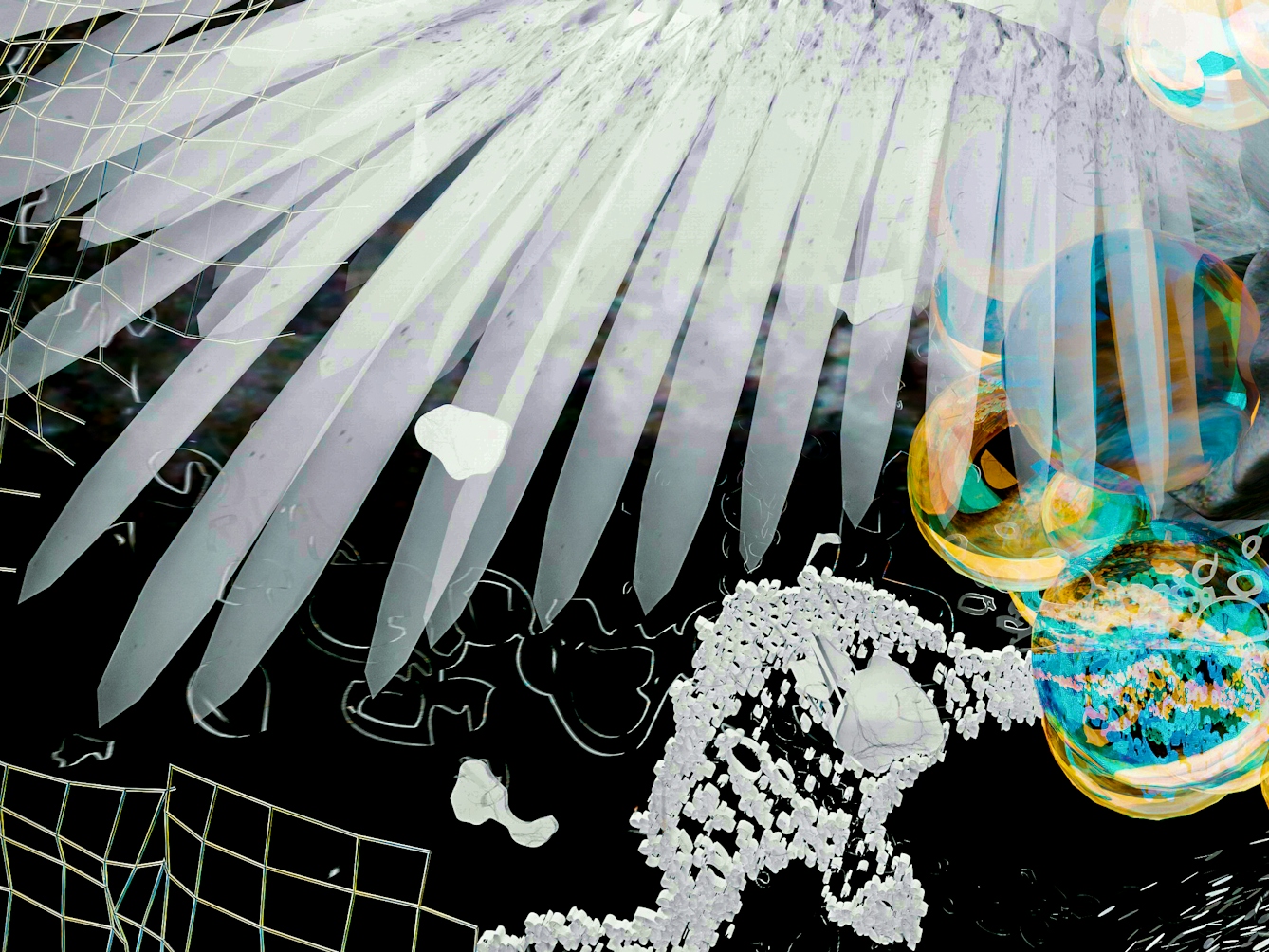
“When I was growing up, birds dropped from the sky, poisoned by lead. Air pollution emerged as a problem in the 70s, and has been a permanent feature ever since.”
My parents’ environmental group was born from the air. In the winter of 1985, when the city was suffocating under a blanket of smog, my father collected 100 signatures of prominent writers and artists for a petition, published on 1 March 1985, demanding that the government release daily reports of air-pollution figures. They also asked for the removal of lead from gasoline and for the implementation of an Hoy No Circula (No Driving Today) programme.
The press named them the Group of 100, and they went on to address countless other environmental issues throughout the country, from deforestation, to the protection of endangered species, to the use and abuse of pesticides.
Pollution in Technicolor
After travelling through the Americas in the early years of the 19th century, German explorer Alexander von Humboldt created a tableau physique, a chart of the Andes and neighbouring countries that drew attention to the many ways in which human behaviour impacted the natural world (plant life in particular) at every level. This lithograph, a complex and beautiful vision of the interconnectedness of all ecological systems, is an important precursor of modern climate science.
These days a fictitious-sounding official body, the Dirección de Monitoreo Atmosférico, releases daily figures via a prolix website, with a colour-coded system denoting air quality: green (good), yellow (acceptable, regular), orange (bad), red (very bad) and purple (extremely bad). Such colour-coded readings could easily be used to grade the assorted acts of crime, similarly underreported, taking place on the ground, ranging from petty theft to homicides, particularly in more impoverished areas.
Air pollution is not stratified. In fact, as my father once said, it is one of the most equitably distributed commodities in the city.
Unlike Mexican society, however, our air pollution is not stratified. In fact, as my father once said, it is one of the most equitably distributed commodities in the city. It connects us all. Studies have shown that levels in Pedregal, an upscale neighbourhood in the south, are similar to those in La Merced, a crowded district downtown. The city may be socially carved into zones, but few boundaries exist in the air, and levels of particulate matter and other pollutants regularly exceed the World Health Organization’s air-quality guidelines.
Part of the problem is we live in a valley hemmed in by mountains. Five and a half million vehicles trouble the streets daily, thousands of factories cough out smog. On the most polluted days, breathing the air is like smoking two or three packs of cigarettes.
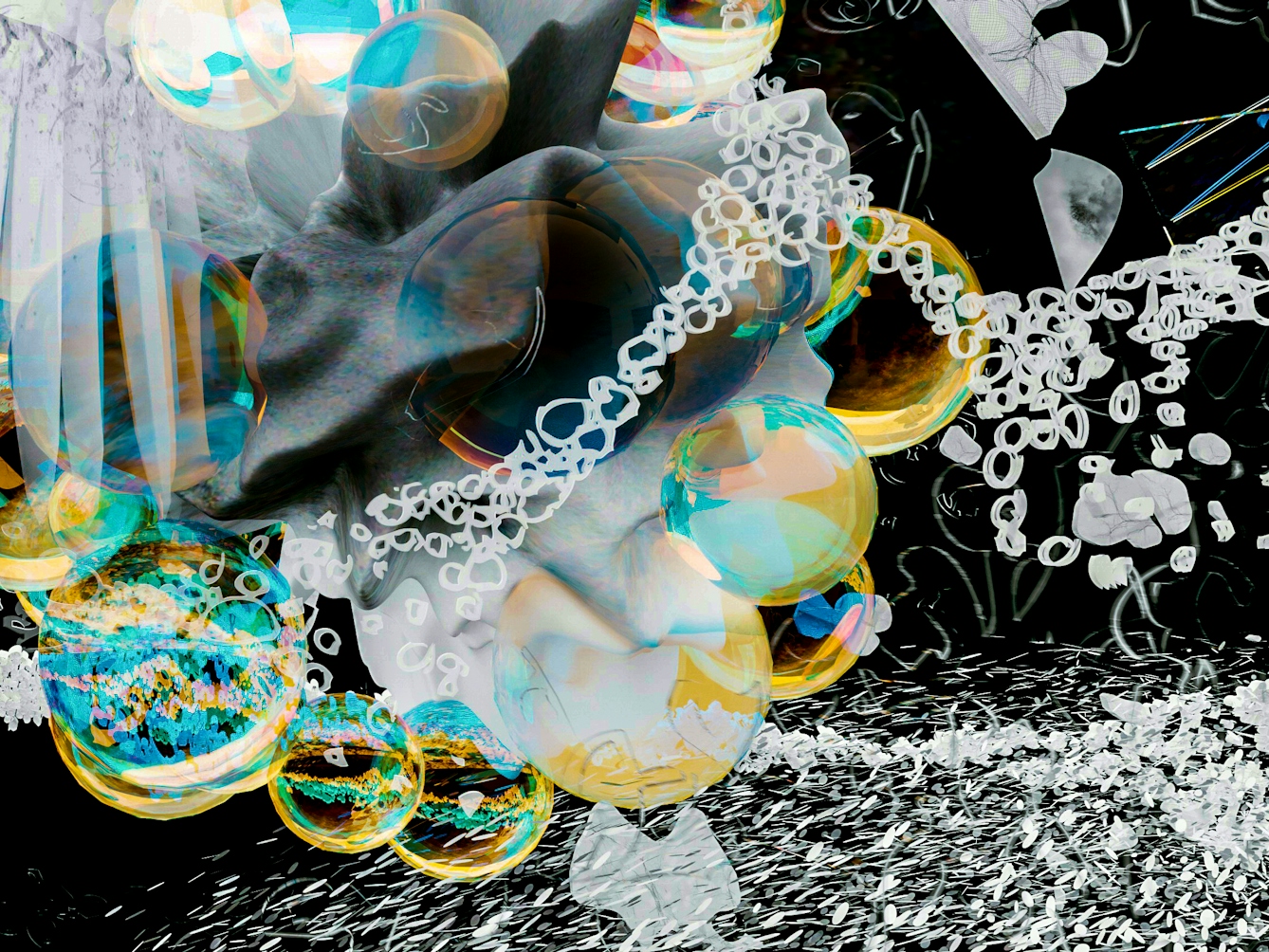
“Unlike Mexican society, our air pollution is not stratified. The city may be socially carved into zones, but few boundaries exist in the air.”
For decades the incidence of respiratory illness in children and the elderly has been alarmingly high, elevated emissions of sulphur dioxide and suspended particulate matter circulating in our lungs. Emphysema, cardiovascular disease, lung cancer, asthma are frequent guests. Our city is also surrounded by volcanoes, eight dormant, one active, and every day Popocatépetl exhales gas and ash, occasionally laced with incandescent ejecta, into the atmosphere.
At times the sky is like an abstract expressionist painting in sickly hues of cadmium yellow, quivering bars of violet gauze, cinder grey, apocalyptic orange or burnt brown. Dramatic downpours in the form of acid rain and thunderous hail briefly clear the palette, preparing it for the next composition.
An ecocidal regime
But while we all share the same air, we inhabit it differently. The pandemic underlined this: the lower strata of society continued travelling to their jobs, markets remained open, and the metro carriages were as packed as ever, while those at the top withdrew behind their garden walls or escaped to the countryside, adding another layer between themselves and society, limiting the threat of contamination. Even their bodyguards were now required to keep a safe distance from those they were protecting.
Until a few years ago, planes approaching the city would fly over the Periférico (the outer beltway) from north to south, trace an arc at the Nápoles or Del Valle neighbourhoods, and then head in a straight line for the landing strip. Yet from one day to the next, the flight paths changed and the urban area affected by the sound of aeroplanes rose by 50 per cent.
Thousands of people complained, many in well-to-do areas where tranquillity had always reigned. They were ignored. Additional flight paths are being planned for a recently inaugurated airport, one of four ecocidal megaprojects undertaken by our current president, Andrés Manuel López Obrador, for whom there is no climate emergency.
Upon visiting Mexico City in 1804, Humboldt was struck by the visibility of the volcanoes in the distance, noting that, in contrast to the cities of industrialising Europe, “The contours of their summits, covered with eternal snow, appear so much the more marked, as the air through which the eye receives the rays is more rare and transparent.”
It is hard to imagine such a thing in present-day Mexico, where we are in dire need of more transparency, physical and metaphorical, as the air fills with reverberations.
About the contributors
Chloe Aridjis
Chloe Aridjis is the author of three novels, ‘Book of Clouds’, which won the Prix du Premier Roman Etranger in France, ‘Asunder’, and ‘Sea Monsters’, awarded the 2020 PEN/Faulkner Award for Fiction. She is a founding member of XR Writers Rebel, a group of writers who focus on addressing the climate emergency.
Michael Salu
Michael Salu is a British-born Nigerian writer, artist, critic, and creative strategist. He has produced creative and critical work on technological and geopolitical changes in society and culture, and his writing has appeared in many literary journals, magazines and art publications, and he has exhibited art internationally. Michael has directed the creative output of many cultural brands and organisations. He has held several advisory roles, contributed to academia and spoken at many events and symposiums, including 5x15. He has won awards and received commendations across design, art and literature. He runs House of Thought, an artistic research practice and consultancy focusing on bridging creative, critical thinking and technology.
